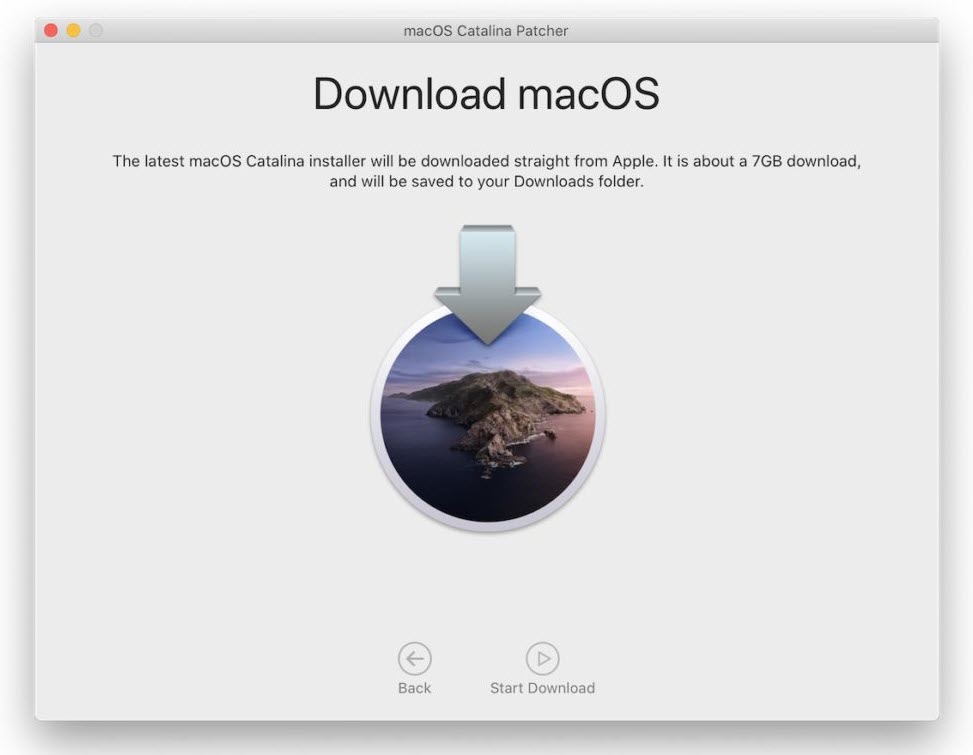
A bootable version of the macOS Catalina installer is one of the often-overlooked tools a Mac user should have on hand before upgrading to or performing a clean install of Catalina. The bootable installer you create in this guide will be housed on a USB flash drive, but you can use any bootable device you may have lying around, including. How to Create macOS Catalina Bootable USB Flash Drive Installer Using Terminal Here’s how to create macOS Catalina 10.15 bootable USB flash drive installer for a clean install on your Mac. With macOS Catalina being Apple’s latest software release, it stands to reason that there is going to be a big interest in it.
Catalina Bootable Device
Until macOS 10.15 Catalina, Mac users knew: their startup volume was a single volume, just as it appeared! (Okay, for Fusion drive users, there are two physical drives managed by software to appear as a single “disk drive,” but that’s separate from the data organization that is a volume on a drive.)
As I wrote a couple of months ago, Apple relies on a feature in APFS (Apple File System) called “volume group.” This allows macOS to link together two separate volumes to appear as a single drive. Apple chose this method as a way to enhance security, putting read-only system files on one volume and your changeable data, home directory, preference files, and all the rest on another.


If you’ve owned a Mac for a while, you’re well-aware of the fact that updating macOS to the latest version is a pretty straightforward procedure.However, if you’re looking to create a bootable USB drive, a full installer file is necessary, and the update you download from Apple’s servers might not always be the full installer, particularly with Catalina and Mojave (Big Sur does not.
Here’s how you can create it. Make sure the USB drive is at least 8GB in size, and nothing else is stored on it. Download the macOS Catalina installation file using this link. Turn off the Mac and then insert the bootable USB drive. Now turn the Mac back on while holding the Option key. It will take you to the boot menu where you can select. If you have more than one Mac you want to upgrade to macOS 10.15 Catalina but don't want to waste so much bandwidth downloading it for each machine, one option is to create a bootable installer on a spare USB flash drive.
But where does this leave you if you want to clone your startup volume and create a backup that can be used as a one-stop shop for restoring a failed drive or Mac, or which can be booted from? Fortunately, all the software you need is up to date.

Time Machine correctly archives your entire startup volume (as well as other volumes you might specify), letting you restore a Catalina drive as you would a previous version of macOS.
Carbon Copy Cloner ($40) has supported making full clones that boot with Catalina since August 2019. If you haven’t used CCC in a couple of years, you need version 5 for Catalina support.
SuperDuper! ($28) released version 3.3 in November with full Catalina backup and boot support. Its maker, Shirt Pocket Software, has never charged for updates, so if you own any previous release you can download and use the latest version.
This Mac 911 article is in response to a question submitted by Macworld reader John.
Os Catalina Bootable Drive
Ask Mac 911
Make Catalina Bootable Drive
We’ve compiled a list of the questions we get asked most frequently along with answers and links to columns: read our super FAQ to see if your question is covered. If not, we’re always looking for new problems to solve! Email yours to mac911@macworld.com including screen captures as appropriate, and whether you want your full name used. Not every question will be answered, we don’t reply to email, and we cannot provide direct troubleshooting advice.



